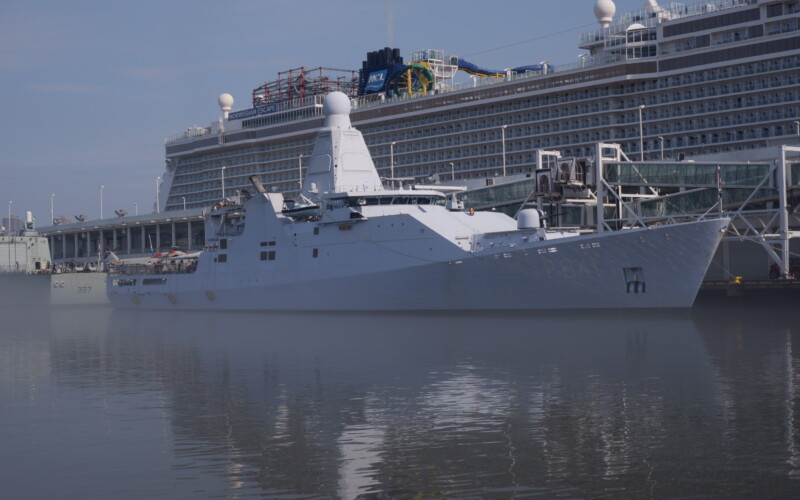We have experience hosting a range of audiences, from college classes to birthday parties to company outings, and we customize our tours to meet your group’s interests and needs.
Book a private tour today
Our favorite week of the year has arrived—it’s Fleet Week! This year’s visitors will include 11 ships from the US Navy, US Coast Guard, and the German Navy, which will …
Read more
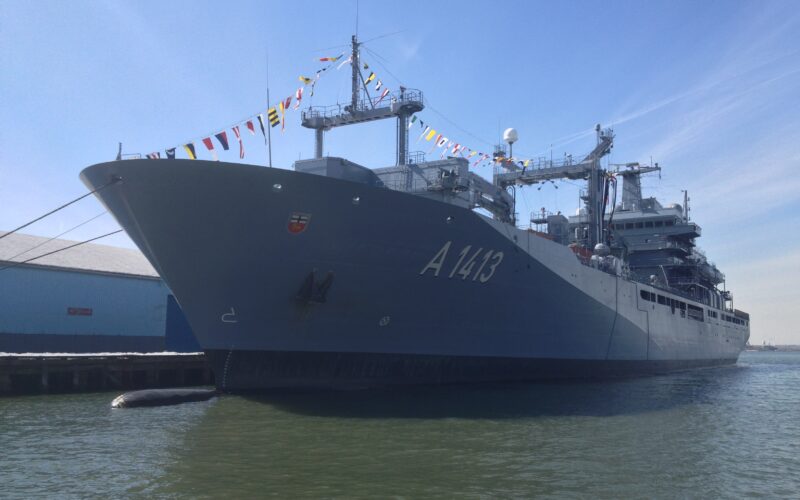
Fleet Week came early this year, as last week the city was visited by USS Cooperstown, which became the first US Navy ship commissioned in New York City since USS …
Read more
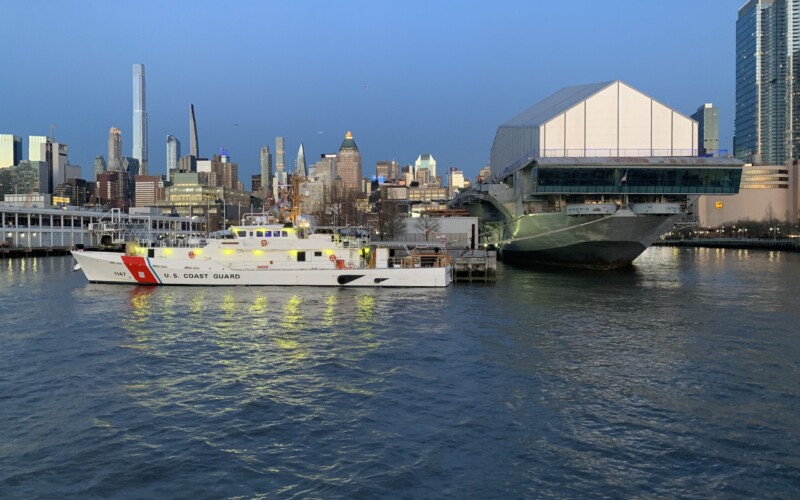
After a two-year hiatus, the fleet is returning to New York, though with a somewhat smaller contingent. This year, Navy, Coast Guard, and Royal Navy ships will be gathering on …
Read more
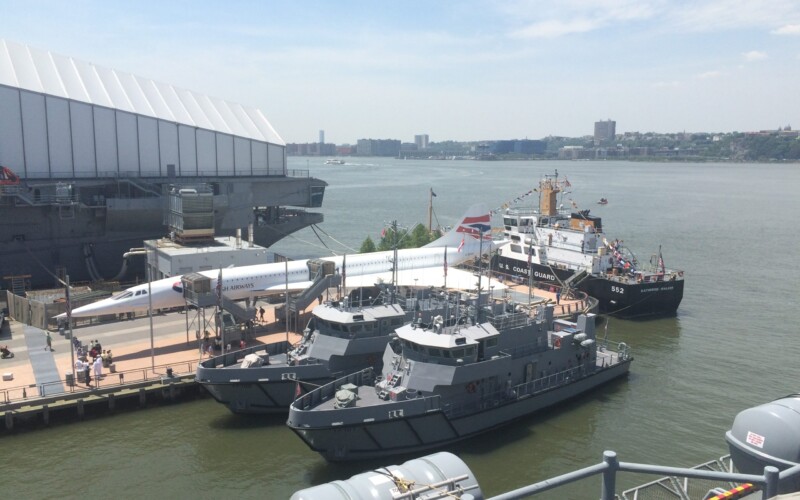
On Thanksgiving, we’re looking back at an unsung hero of the holiday during World War II, a merchant ship called SS Great Republic.
Read more
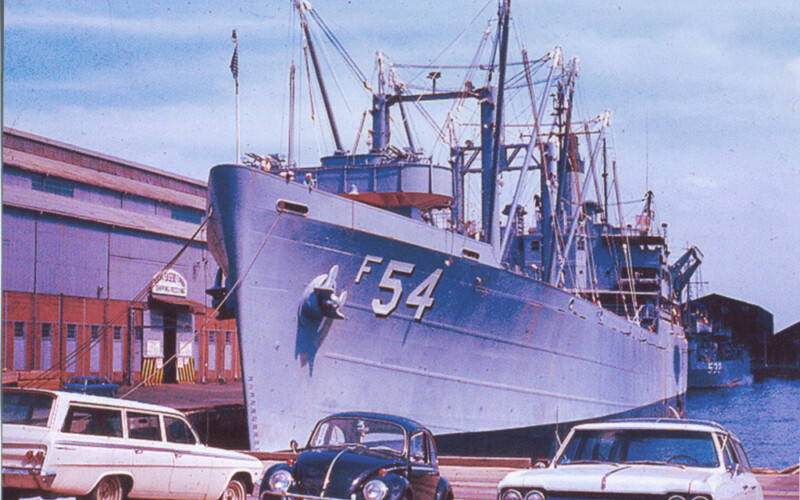
At 3:57 p.m. on May 2, 1982, the British submarine HMS Conqueror fired a spread of three torpedoes at the Argentine cruiser ARA General Belgrano, located approximately 230 nautical miles …
Read more
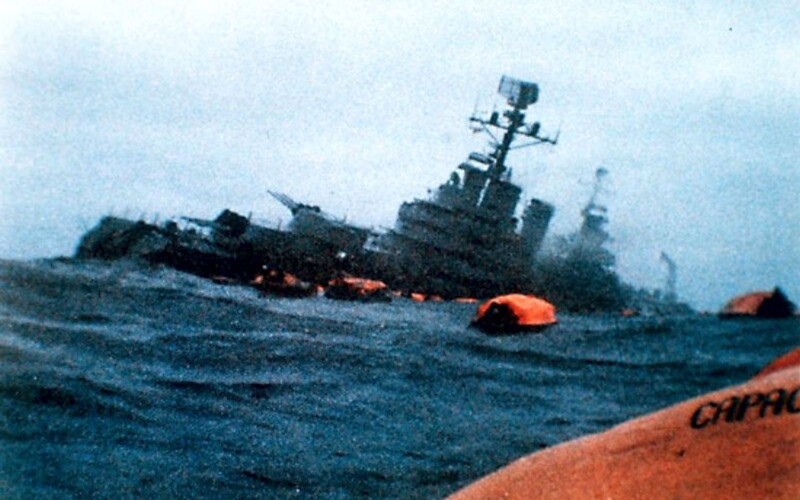
They say a Navy ship has three birthdays: its keel-laying, its launching, and its commissioning. The World War II-era battleship USS Missouri has one more, its recommission in 1986 as part …
Read more
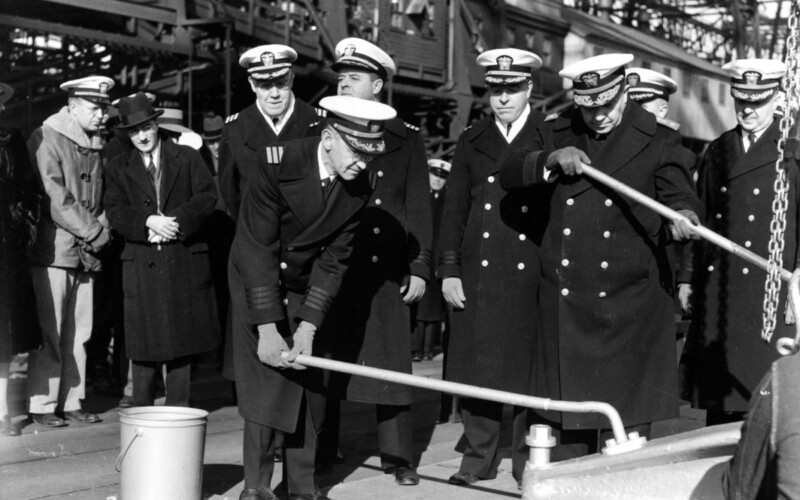
Last week we looked at Operation Magnet, the scramble in the weeks after Pearl Harbor to move American forces into the European battle zone. Just one week after that, it …
Read more
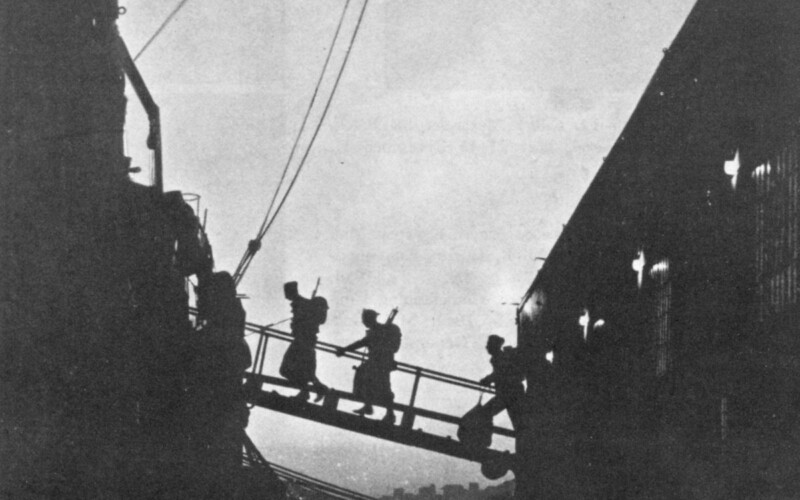
On January 15, 1942, ships of convoy AT-10 left the Brooklyn Army Terminal to make the journey across the Atlantic. Aboard the transports USS Chateau Thierry and HMTS Strathaird were …
Read more
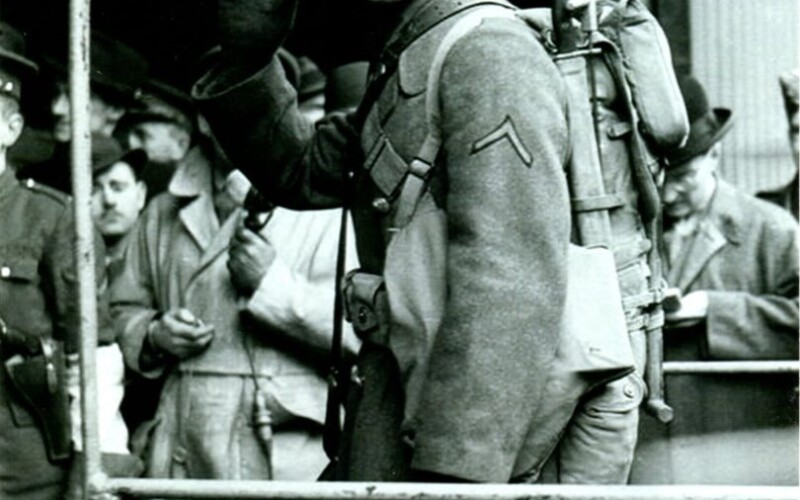
On a quiet stretch of the Saginaw River just outside Bay City, Michigan, the USS Edson sits as a tribute to America’s Cold War destroyer fleet. Built at Maine’s Bath …
Read more
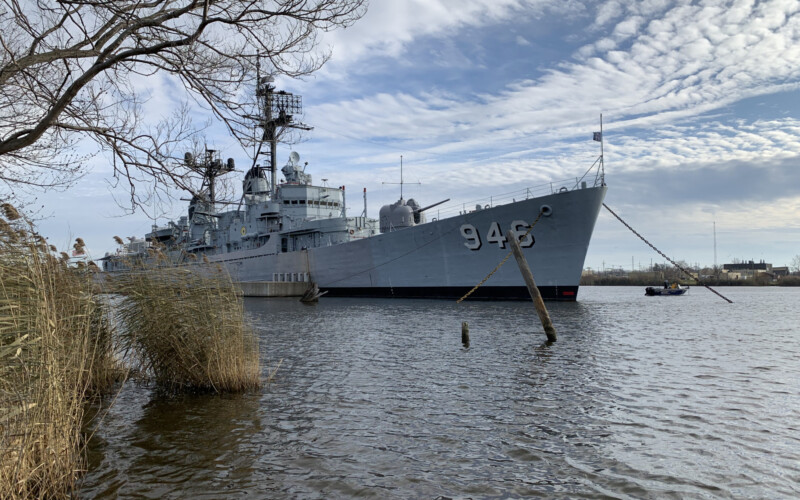
For the past two years, we have had the opportunity to work with third and fourth graders in the Brooklyn Historical Society’s CASA program. These young scholars are tasked with …
Read more
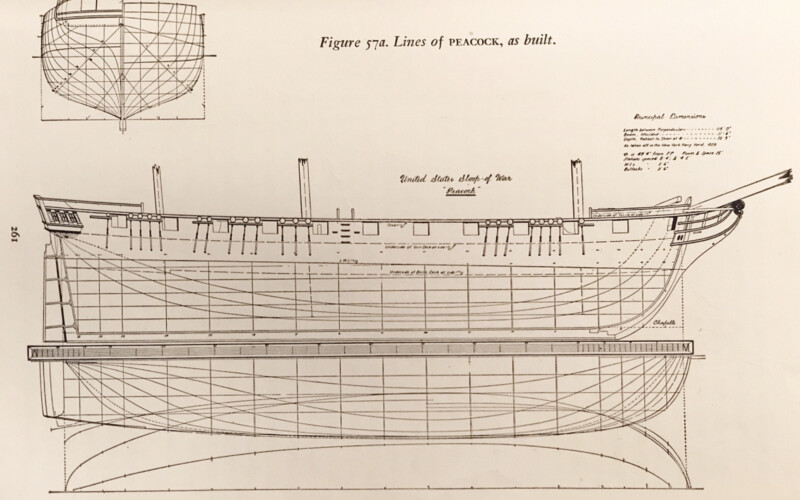
We couldn’t let Leif Erikson Day pass without boasting that we stood in his bedroom. And not in Norway or Iceland or Greenland, but right here in North America, at …
Read more

On August 14, 1965, the Landing Platform Dock USS Duluth (LPD-6) floated out of Dry Dock No. 3 at the New York Naval Shipyard. In the preceding 145 years, this …
Read more

At the Brooklyn Navy Yard‘s shipyard, operated by GMD, they repair mostly commercial ships, but they also get a fair number of federal government contracts. The shipyard does not repair …
Read more
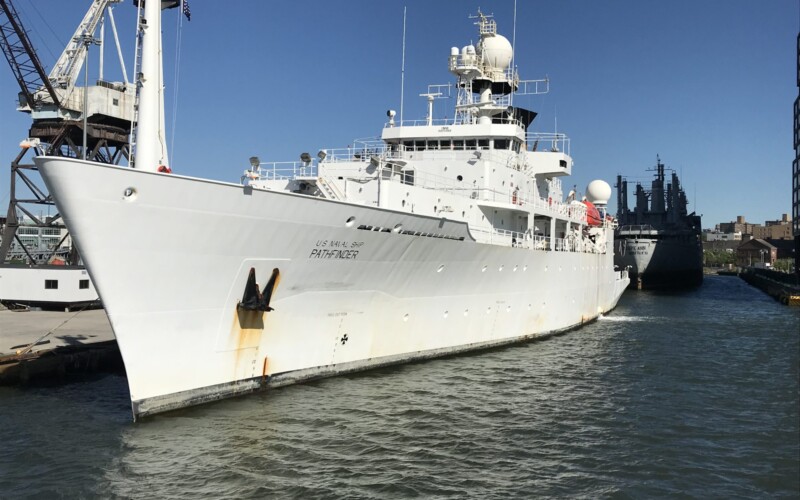
Today marks the anniversary of the launching of USS Arizona at the Brooklyn Navy Yard. We have written about the Arizona many times before, including about the impact the sinking …
Read more
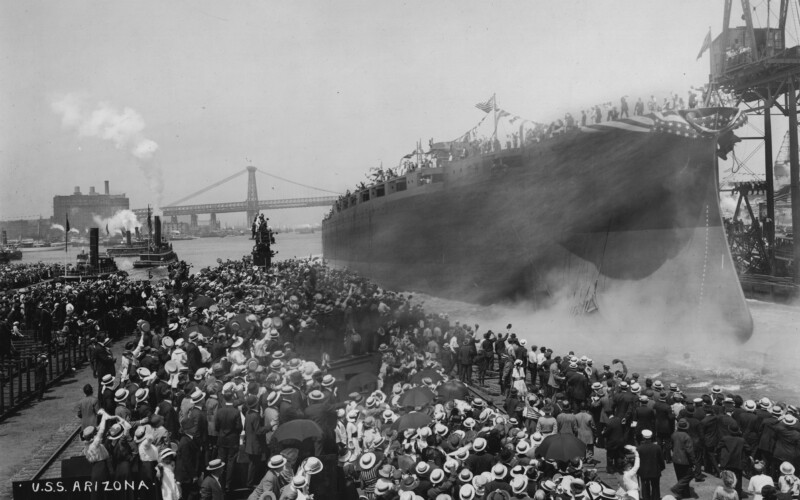
Operation Neptune, the seaborne component of the Normandy invasion, required nearly 6,500 vessels to deliver the vast Allied armies and their supplies and equipment onto the continental beaches. This didn’t …
Read more
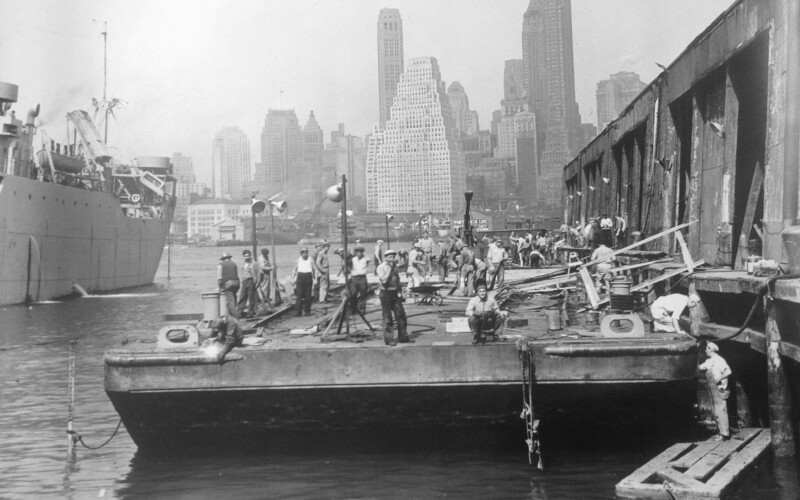
Since Fleet Week returned to New York City after a sequestration-imposed hiatus in 2013, I have watched the annual parade of ships from underneath the Verrazano-Narrows Bridge, which gives you …
Read more
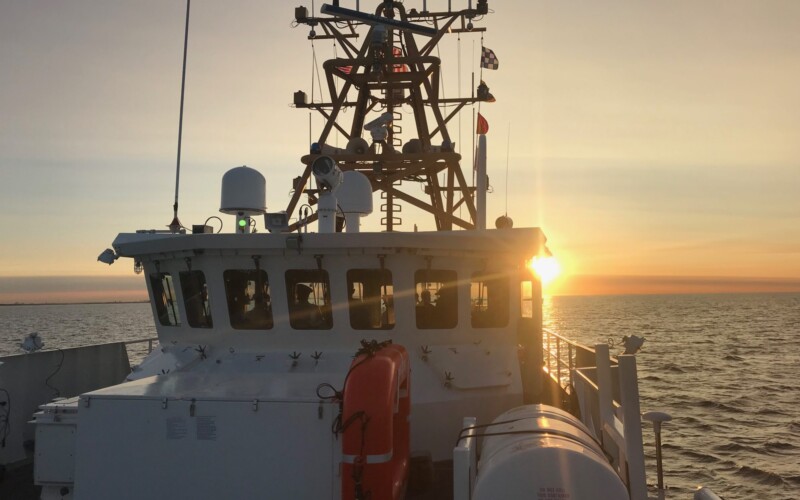
Wallabout Bay is currently hosting a pair of ships that harken back to the days of the New York Naval Shipyard, as a pair of mothballed ships from the James …
Read more
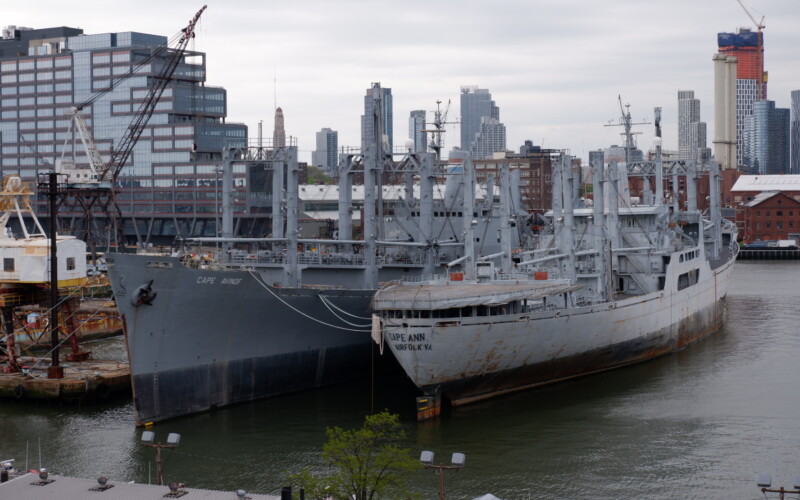
Visits by naval vessels to New York aren’t what they once were, but they do still happen, and we try to spot them whenever we can. On April 14, we …
Read more
